- Savage Blog
- MOA vs. MRAD: Scope Sighting Differences
MOA vs. MRAD: Scope Sighting Differences
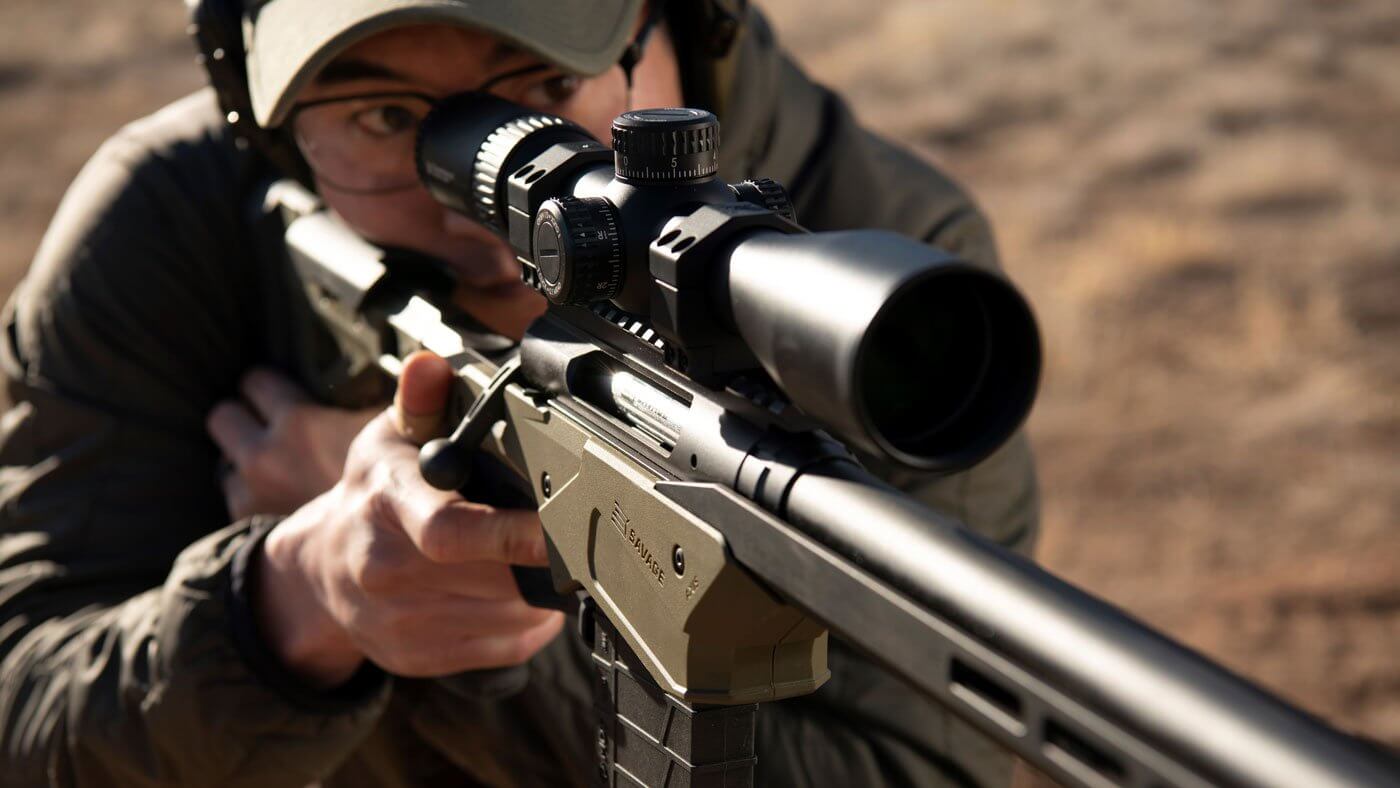
Choosing between MOA vs. MRAD is one of the first big decisions precision shooters and hunters face when selecting a rifle scope. These two measurement systems are used to calculate and adjust for elevation and windage, and while both are effective, they cater to different preferences and shooting disciplines. We’ll explain what the difference is between MOA and MRAD, where it is preferred by shooters and hunters, and how to make adjustments to your scope based on each system for better accuracy and confidence in the field.
What Are MOA and MRAD Adjustments?
Before diving into the debate of MOA vs. MRAD, it’s important to understand what each of them are. Both are angular measurements used to compensate for bullet drop and wind drift at varying distances when shooting. Both can be commonly found in a variety of rifle scopes today, with an abundance of options for hunters and target shooters alike.
MOA (Minute of Angle)
MOA stands for “minute of angle”. It is a measurement that is equal to 1/60th of a degree, similar to minutes on a clock face. At 100 yards, 1 MOA is equal to approximately 1.047 inches. This number is rounded down to 1 by many shooters and hunters for practical purposes. MOA is also used as a standard measurement for how accurate a rifle is, with 1 MOA being the gold standard. If a rifle shoots 1 MOA or less, i.e., the group of shots is 1 inch or less at 100 yards, then it is considered to be a quality, accurate rifle.
When making MOA adjustments, most scopes use a ¼ inch adjustment system. This means that for every adjustment (click) made on the scope, the point of impact on the target will be shifted by 0.25 inches at 100 yards. Other common adjustment increments for MOA scopes include ½ MOA, ⅓ MOA, and sometimes 1 MOA on optics with larger reticles such as red dot sights.
MRAD (Milliradian)
MRAD stands for “milliradian”, or 1/1000th of a radian, or the angle that is made by an arc equal to the length of a circle’s radius. Milliradians are most often used when measuring shooting distances in meters, as 1 MRAD equals 10 centimeters at 100 meters. This converts to around 3.6 inches at 100 yards. Although 1 MRAD is a much larger measurement than 1 MOA, scope manufacturers account for this by making adjustments in 0.1 MRAD measurements. This means that an MRAD scope will adjust at 1 centimeter at 100 meters, or 0.36 inches at 100 yards, helping to make it comparably precise to MOA measurements.
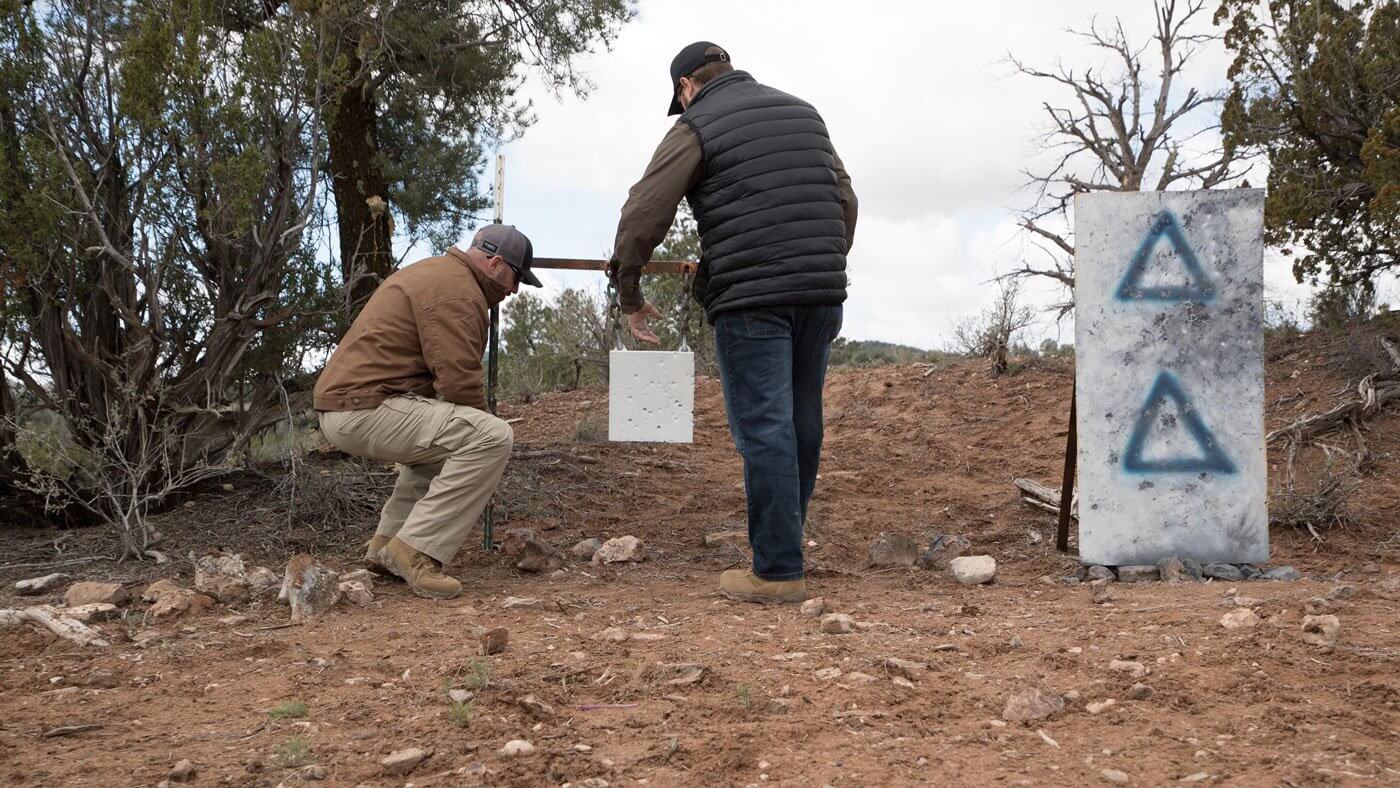
MOA vs. MRAD: The Key Differences
When comparing MOA vs. MRAD, neither system is universally better. The system you choose to use is ultimately based upon what you are most comfortable with, the type of shooting or hunting you are doing, and the environment you find yourself in.
Key Comparison Points
Feature | MOA | MRAD |
Measurement System | Imperial (inches/yards) | Metric (centimeters/meters) |
Typical Adjustment | 0.25 MOA per click | 0.1 MRAD per click |
Adjustment Size | 0.25” at 100 yards | ~0.36” at 100 yards |
Common Usage | Hunting, U.S. competitions | Tactical, long-range, military |
Math Simplicity | Easy for inch-based shooters | Easier for metric shooters |
Scope Turrets | Often finer adjustments | Fewer clicks for large moves |
Pros and Cons
MOA Pros:
MOA adjustments are more common for hunters and shooters in the US to encounter. Most hunting scopes that are made today are offered with MOA adjustments, and the imperial measuring system that is utilized is also more familiar. MOA is also viewed as the industry standard for accuracy, making it a more well-known and well-understood measurement among recreational shooters and hunters.
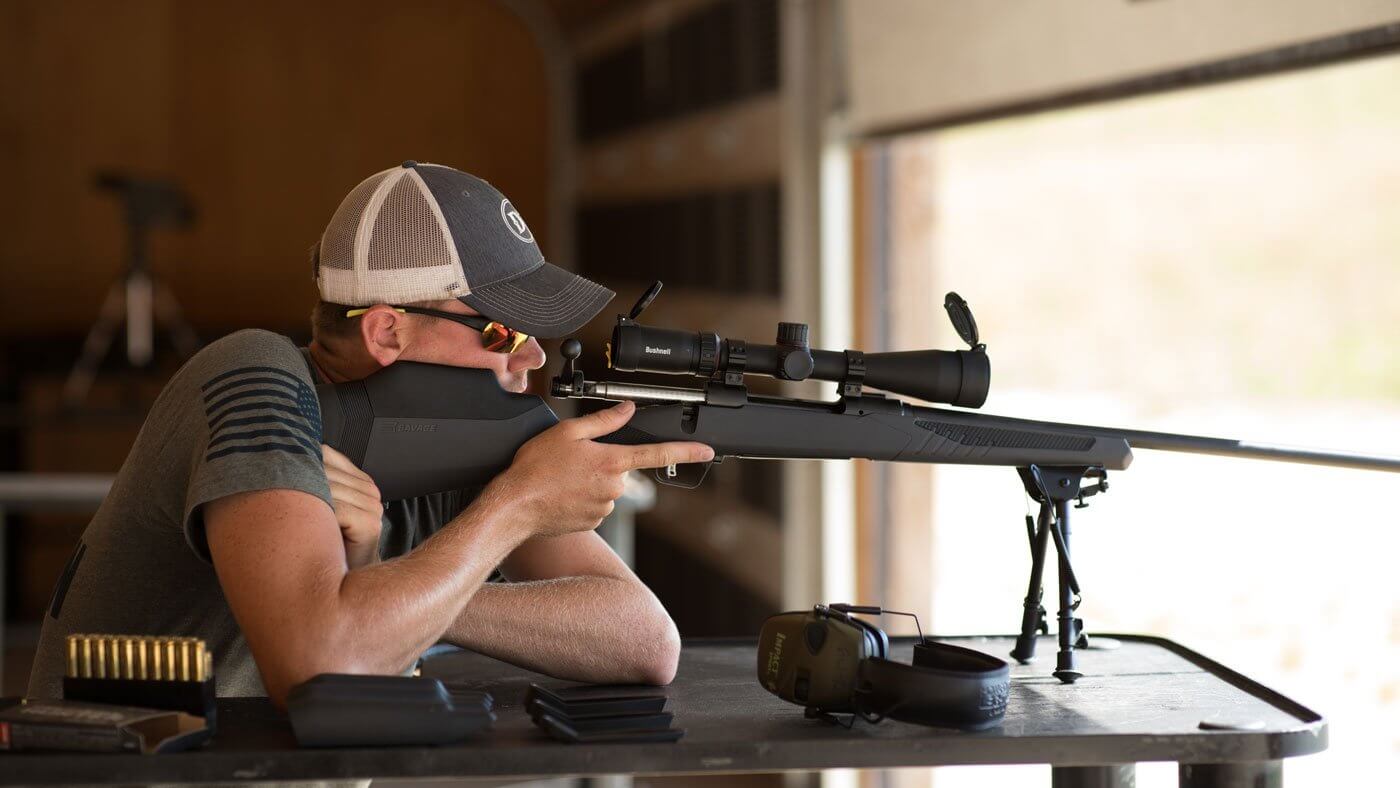
MOA Cons:
MOA requires more clicks to adjust at longer ranges, so it may take you more time to adjust your scope if you are making corrections with the turrets rather than using the reticle to adjust your shot. Using an MOA-based scope can also require some calculations to be made if you are measuring your shot in meters, since you will have to convert to yards and inches to make the correct scope adjustment.
MRAD Pros:
MRAD scopes can often be adjusted quickly due to having fewer clicks and larger measurements for each adjustment. Math adjustments are also easier using the 10-based metric system, and it is easier for hunters and shooters who are used to the metric system to use these scopes. Hunters and shooters with former military or law enforcement experience may also find MRAD scopes easier to use, as the metric-based system is the standard to use in military and tactical applications. If you are shooting a competitive match where target distances are also measured in meters, then using an MRAD scope will also help you make quicker, more accurate adjustments.
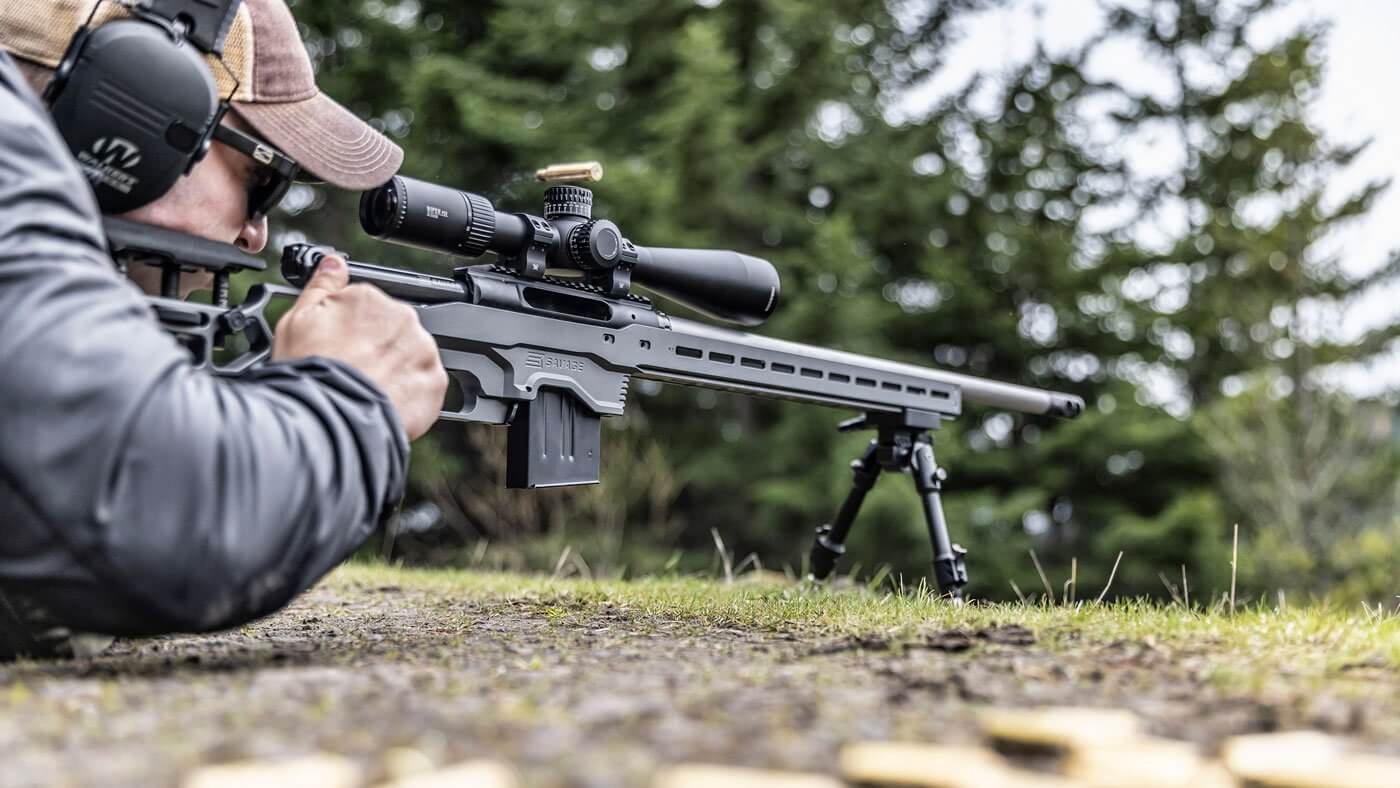
MRAD Cons:
MRAD adjustments will be slightly larger at closer distances than MOA adjustments. If you are measuring your shooting distance in yards, then some math will be needed in order to convert your adjustments over to the MRAD system.
Which Type of Shooting is Best for MOA or MRAD?
Understanding which system suits your shooting style helps you get the most out of your scope. The MOA vs. MRAD decision often comes down to personal preference, but some general trends exist.
MOA is Best Suited For:
Hunting in North America – For many North American hunters, distance and ballistics data are measured in yards and inches. Scopes that utilize MOA are perfect for use when measuring distance in yards and the shooter can make calculations quickly.
Recreational Shooters – Recreational shooters will often have rangefinders readily available to measure distance in yards, and MOA is often used as a standard of accuracy for the average shooter. For both of these reasons, it’s best to go with an MOA scope in this case.
MRAD is Preferred For:
Military and Law Enforcement – Both the military and law enforcement utilize the metric system as their standard, so both often utilize MRAD scopes to keep calculations simple and quick.
Long-Range Tactical Shooters – Range data and calculations are simplified using an MRAD system, making it a favorite among long-range, tactical shooters.
Competitive Precision Rifle Series (PRS) – Fast target acquistion and corrections on target are critical in PRS. Using an MRAD scope allows shooters to make these fast adjustments, and it is also useful if the competition is measuring target distance in meters rather than yards.
Ultimately, you can be equally effective with either MOA or MRAD. What matters most is consistency: matching your scope reticle, turret, and ballistic calculations to the same system so you can make accurate adjustments when you’re shooting.
Tips for Shooting with MOA and MRAD
Use Range Cards – Print dope cards with MOA or MRAD values for quick reference while you’re shooting. Dope cards help you make fast calculations so you can dial in your adjustments to your scope without wasting time.
Zero Your Rifle – Zeroing your rifle at standard distances helps with both MOA and MRAD adjustments. Use 100 yards for MOA, and 100 meters for MRAD for most applications. If you’re using a rifle for closer or longer range shooting, you may need to adjust your zero distance.
Use a Ballistic App – Using apps with ballistics calculations can be useful in dialing corrections, or making the correction within your reticle. These apps take environmental factors and your ammunition into account in order to help you make more accurate shots. Several ballistics apps can be found, including both free and paid versions.
Match Reticle and Turrets – Always use scopes with matching reticle and turret systems to avoid conversion confusion. Make sure you also match your scope to your rangefinder so both optics are using the same measurement system to avoid having to convert distance from your range finder to a correction in your scope.
The MOA vs. MRAD debate is less about right and wrong and more about preference, familiarity, and consistency. Both systems are capable of remarkable precision when used properly. The key is to stick with one system, understand its math, and train with it consistently.
If you're new to precision shooting, choose the system that aligns with your background:
If you’re a casual shooter or hunter, or you think in inches and yards, MOA may feel more intuitive.
If you’re former military or law enforcement, used to the metric system, or want a system favored by tactical shooters, go with MRAD.
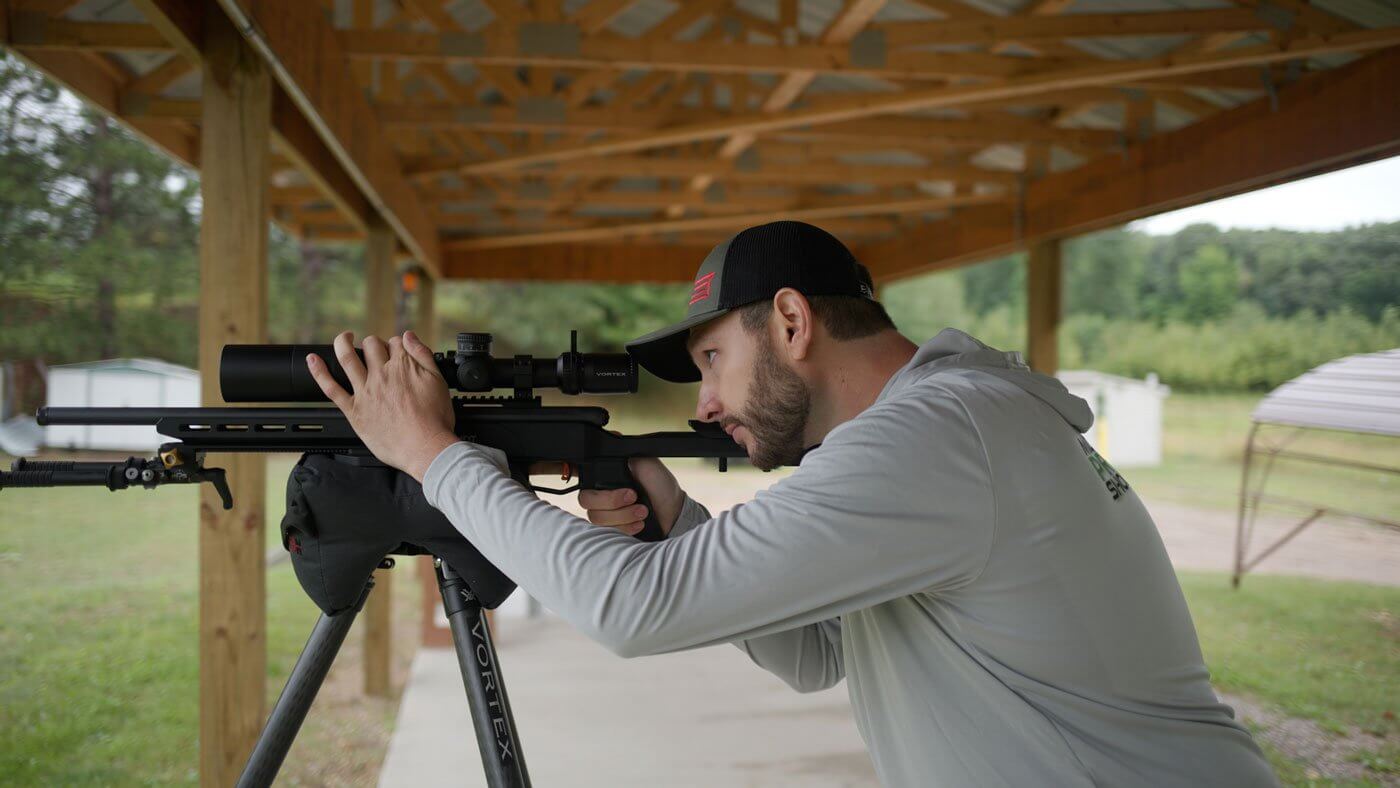
Whatever path you choose, mastering your scope’s adjustment system will significantly improve your confidence and effectiveness in the field or on the range.

